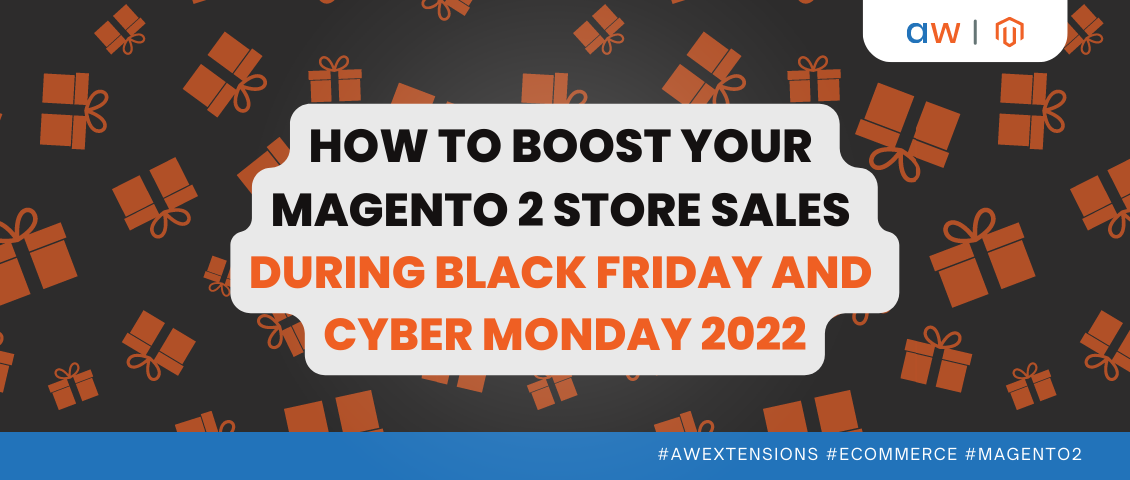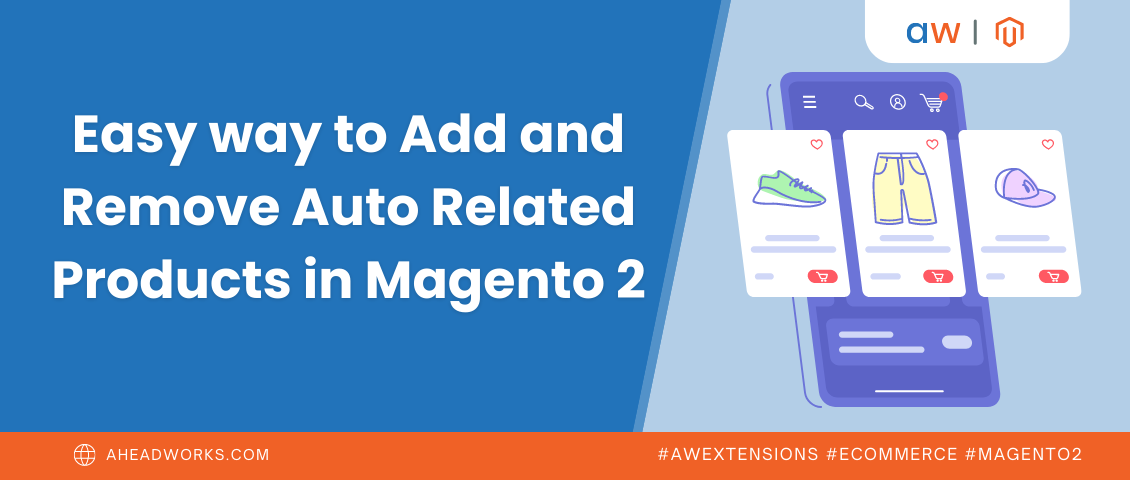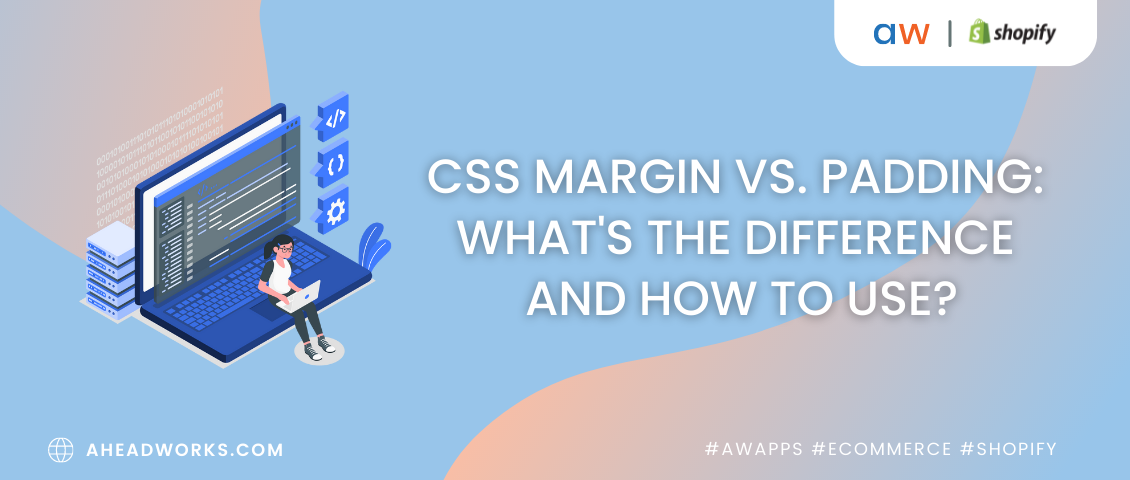
Powerful Loyalty Programs in E-commerce: Best Examples
Categorized as : Ecommerce
E-commerce loyalty programs present additional sales opportunities that cannot be ignored since they intensify customer engagement and boost sales of any web store.

In this article, we will guide you through the beneficial loyalty programs and give you some ideas on their forms and rules. So, let’s start our quick tour.
Last year, the Walgreen cosmetics store established a point-based reward program, where customers received points by making purchases in their store. The number of points earned per a single order depended on the value of a particular purchase.
This way, shoppers were motivated to earn more points by spending more money. For example, 1$ was equal to 1 000 points, $2 to 2 000 points, and so on. Such convenient and easy-to-understand system saved them from long-term calculations of the points to be earned from each purchase.
Once the points were earned, they could be used to get discounts on future purchases. With this reward program, Walgreen managed to increase its average order value per customer.
Another example of a powerful point-based system are so-called ‘extra point days’ provided by the Nordstrom clothing and jewelry store. As a part of its “Nordstrom Rewards” program, the company periodically announces the days when shoppers can get bonus points for their purchases.
By organizing these days, the company attracts additional customers’ interest and increases engagement with its offers effectively promoting its loyalty program among the shoppers.
Now, let’s have a look at another type of loyalty programs.
The Sephora world-famous beauty brand organized a tiered program in its store that implies dividing customers into several loyalty groups. This way, the so-called ‘VIB’ and “Rouge” members are provided with exclusive benefits, including monthly gifts, free custom makeovers, and so on, not available to the ‘Beauty Insider’ members.
The most beneficial and therefore the most costly is the “Rouge” program that offers an unlimited number of makeovers, private hotlines, exclusive event invitations, and the like.
By making such distinctions between the tiers, the company highlights the undoubted benefits of this program compared to other programs to encourage customers to join it. As a result, the company establishes long-term customer loyalty in addition to increased sales.
As you can see, e-commerce loyalty programs can be organized in different ways. Meanwhile, we will continue our journey through the best reward programs and consider the following example.
Not so long ago, the Matas cosmetics store organized its own point-based reward program, but with one peculiarity: it was a coalition reward program. For that program, the company collaborated with more than 15 brands operating in various fields, mostly clothing and cosmetics.
This way, the customers could earn points by making purchases from one of the Matas’ partners in the same account of the Matas web store.
By building such program, Matas managed not only to provide additional purchasing opportunities for customers but also to establish strong business relations and boosted sales of all the brands involved in the program.
Next in our quick guide is the example of an ‘activity-based’ loyalty program.
The Van Dal UK shoe store increases the loyalty of its customers by rewarding them for particular activities on the site. Thus, in addition to earning points for the money spent, the shoppers are rewarded for such actions as opening an account, leaving a product review, newsletter subscriptions, and so on.
More to it, the customers are also rewarded with extra points if their order value exceeds a particular benchmark.
Another inspiring example of an activity-based loyalty program is the reward system organized by the GONGSHOW's Gonger Nation Rewards Club Canadian clothing store. Using the combination of visually appealing texts and images, the company provides the comprehensive information about the rewarded activities on a dedicated page.
For example, for registering on the website and making the first order, users will receive 50 so-called “Gonger points”. For sharing the company’s products on social networks, the reward is 2 bonus points, while for bringing friends that register on the site and make their first order, customers will get extra 50 bonus points and so forth.
From the above examples, you can see that there are various types of loyalty programs able to notably increase profits in your web store. Still, in order to effectively manage that programs, one needs a universal and effective solution. And, we have one!
With the Reward Points extension for Magento 2, online merchants can arrange any types of reward programs described in the article.
In addition to rewarding customers for such activities as, say, making purchases, sharing products in social media, and the like, with our extension, merchants can allow them to use the points earned to pay for taxes and shipping fees. Earn rates can be differentiated by customers’ lifetime sales, which opens large opportunities for tiered loyalty programs.
Moreover, the extension precisely determins which products in a store’s catalog can be purchased with points.
To get the additional information about the features of the Reward Points extension, visit the Reward Points product page and read the dedicated user guide.

In this article, we will guide you through the beneficial loyalty programs and give you some ideas on their forms and rules. So, let’s start our quick tour.
Reward Program Examples
Point-based Programs
Last year, the Walgreen cosmetics store established a point-based reward program, where customers received points by making purchases in their store. The number of points earned per a single order depended on the value of a particular purchase.
This way, shoppers were motivated to earn more points by spending more money. For example, 1$ was equal to 1 000 points, $2 to 2 000 points, and so on. Such convenient and easy-to-understand system saved them from long-term calculations of the points to be earned from each purchase.
Once the points were earned, they could be used to get discounts on future purchases. With this reward program, Walgreen managed to increase its average order value per customer.
Another example of a powerful point-based system are so-called ‘extra point days’ provided by the Nordstrom clothing and jewelry store. As a part of its “Nordstrom Rewards” program, the company periodically announces the days when shoppers can get bonus points for their purchases.
By organizing these days, the company attracts additional customers’ interest and increases engagement with its offers effectively promoting its loyalty program among the shoppers.
Now, let’s have a look at another type of loyalty programs.
Tiered Program
The Sephora world-famous beauty brand organized a tiered program in its store that implies dividing customers into several loyalty groups. This way, the so-called ‘VIB’ and “Rouge” members are provided with exclusive benefits, including monthly gifts, free custom makeovers, and so on, not available to the ‘Beauty Insider’ members.
The most beneficial and therefore the most costly is the “Rouge” program that offers an unlimited number of makeovers, private hotlines, exclusive event invitations, and the like.
By making such distinctions between the tiers, the company highlights the undoubted benefits of this program compared to other programs to encourage customers to join it. As a result, the company establishes long-term customer loyalty in addition to increased sales.
As you can see, e-commerce loyalty programs can be organized in different ways. Meanwhile, we will continue our journey through the best reward programs and consider the following example.
Coalition Program
Not so long ago, the Matas cosmetics store organized its own point-based reward program, but with one peculiarity: it was a coalition reward program. For that program, the company collaborated with more than 15 brands operating in various fields, mostly clothing and cosmetics.
This way, the customers could earn points by making purchases from one of the Matas’ partners in the same account of the Matas web store.
By building such program, Matas managed not only to provide additional purchasing opportunities for customers but also to establish strong business relations and boosted sales of all the brands involved in the program.
Next in our quick guide is the example of an ‘activity-based’ loyalty program.
Activity-based Programs
The Van Dal UK shoe store increases the loyalty of its customers by rewarding them for particular activities on the site. Thus, in addition to earning points for the money spent, the shoppers are rewarded for such actions as opening an account, leaving a product review, newsletter subscriptions, and so on.
More to it, the customers are also rewarded with extra points if their order value exceeds a particular benchmark.
Another inspiring example of an activity-based loyalty program is the reward system organized by the GONGSHOW's Gonger Nation Rewards Club Canadian clothing store. Using the combination of visually appealing texts and images, the company provides the comprehensive information about the rewarded activities on a dedicated page.
For example, for registering on the website and making the first order, users will receive 50 so-called “Gonger points”. For sharing the company’s products on social networks, the reward is 2 bonus points, while for bringing friends that register on the site and make their first order, customers will get extra 50 bonus points and so forth.
From the above examples, you can see that there are various types of loyalty programs able to notably increase profits in your web store. Still, in order to effectively manage that programs, one needs a universal and effective solution. And, we have one!
Reward Points by Aheadworks
With the Reward Points extension for Magento 2, online merchants can arrange any types of reward programs described in the article.
In addition to rewarding customers for such activities as, say, making purchases, sharing products in social media, and the like, with our extension, merchants can allow them to use the points earned to pay for taxes and shipping fees. Earn rates can be differentiated by customers’ lifetime sales, which opens large opportunities for tiered loyalty programs.
Moreover, the extension precisely determins which products in a store’s catalog can be purchased with points.
To get the additional information about the features of the Reward Points extension, visit the Reward Points product page and read the dedicated user guide.











